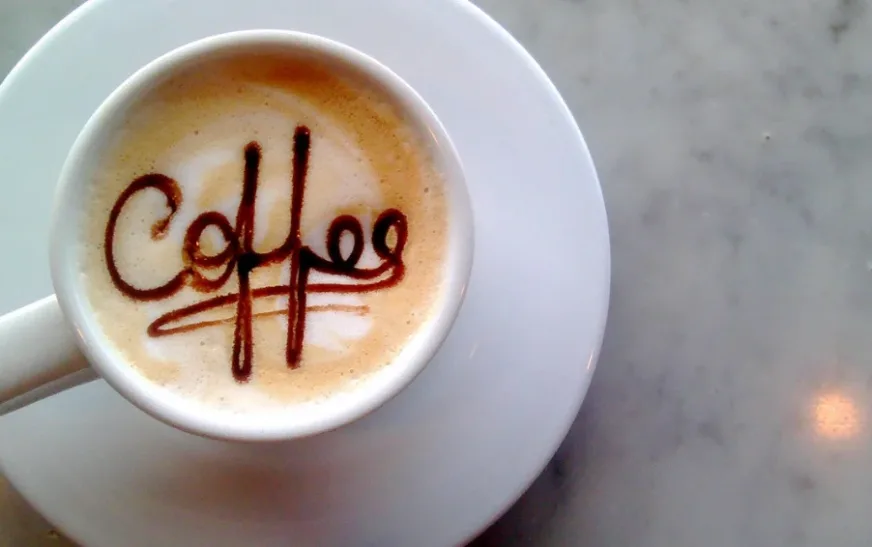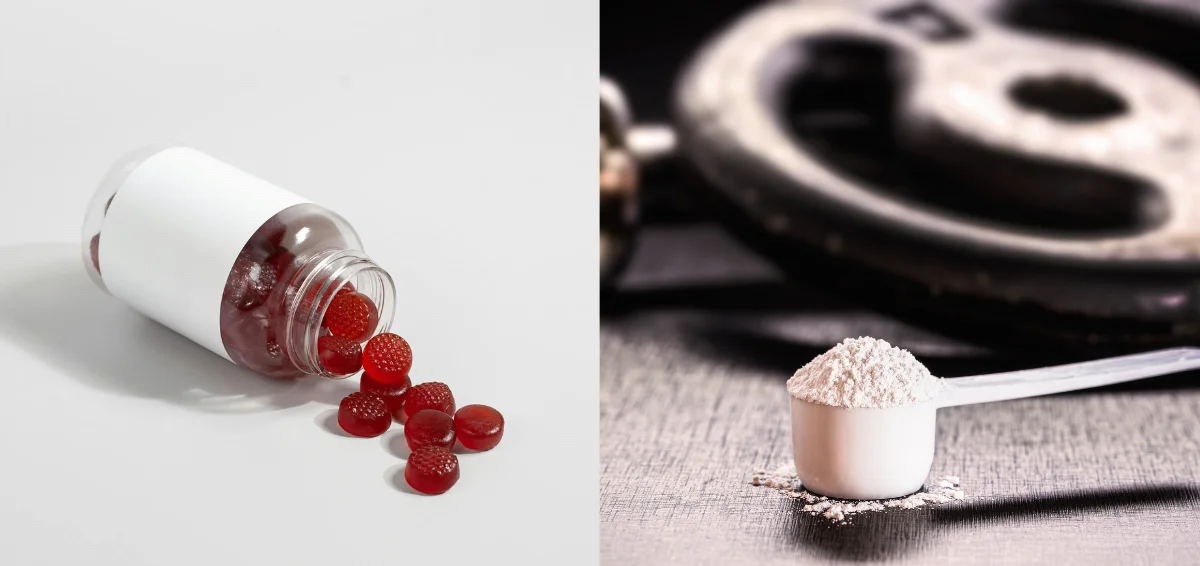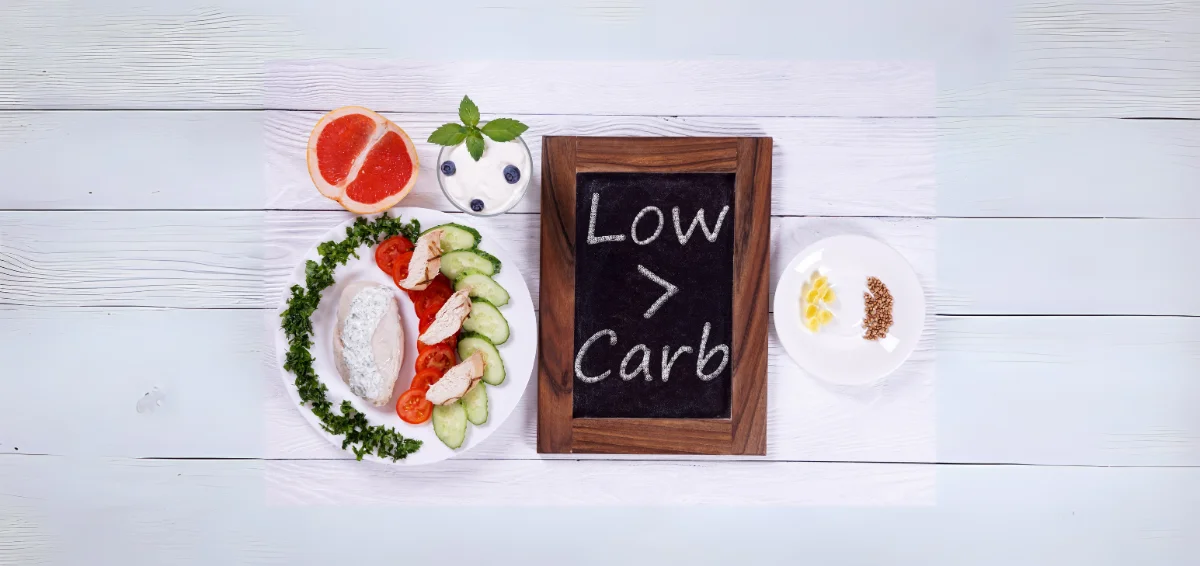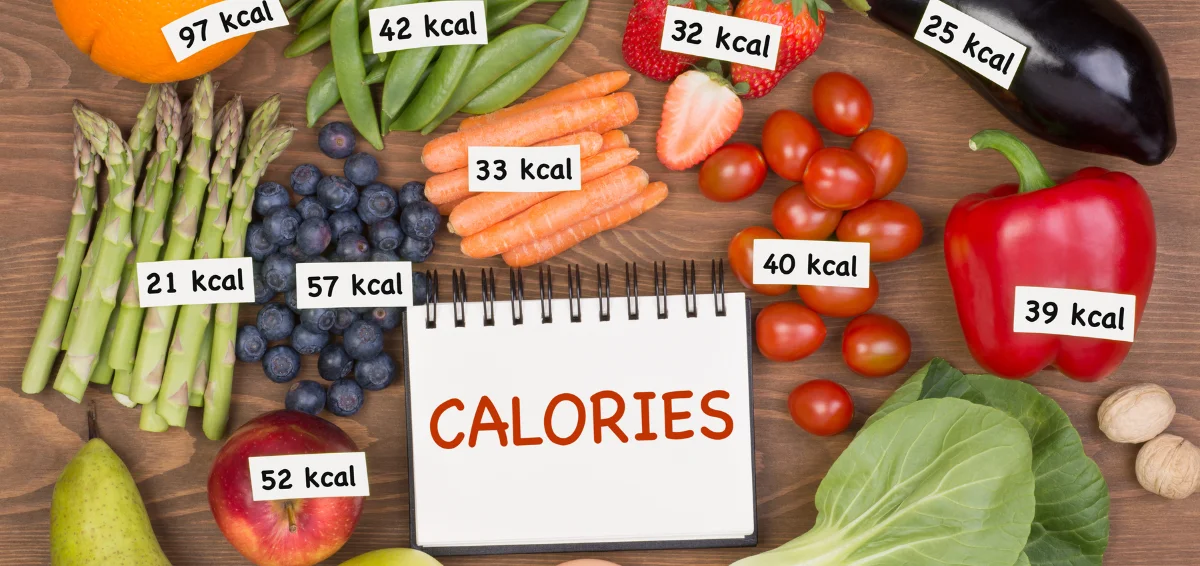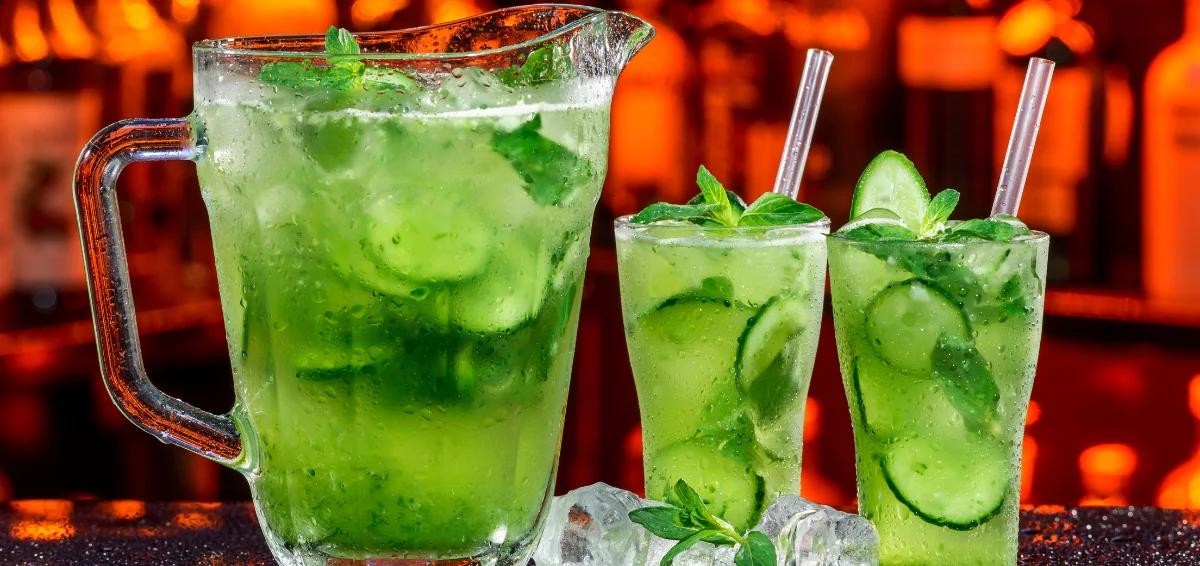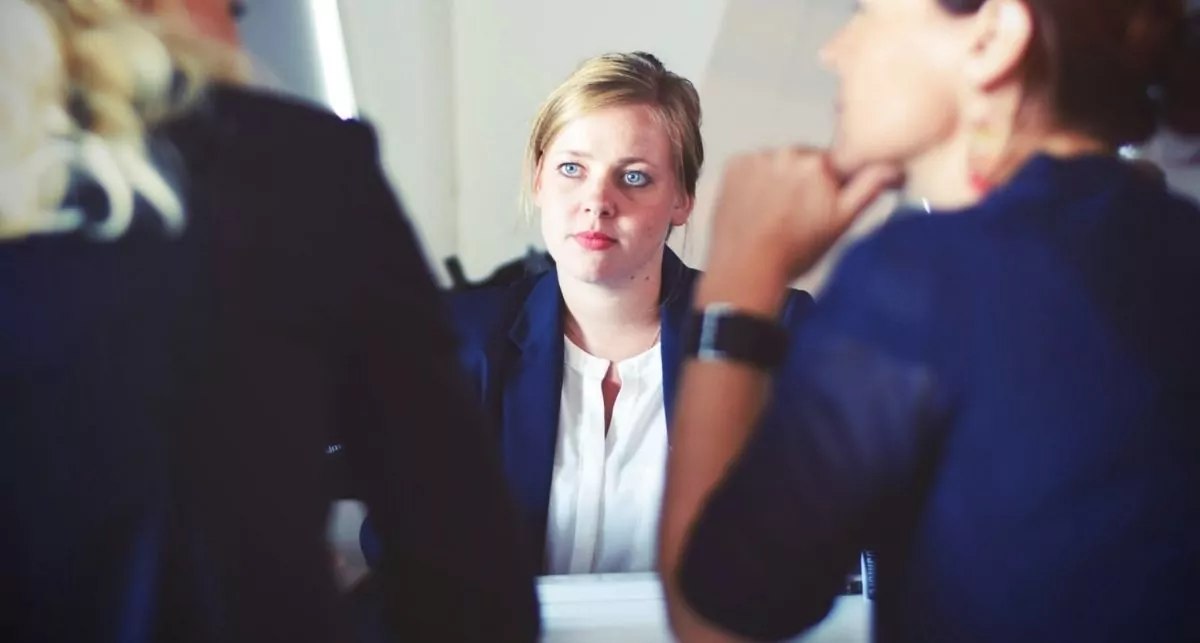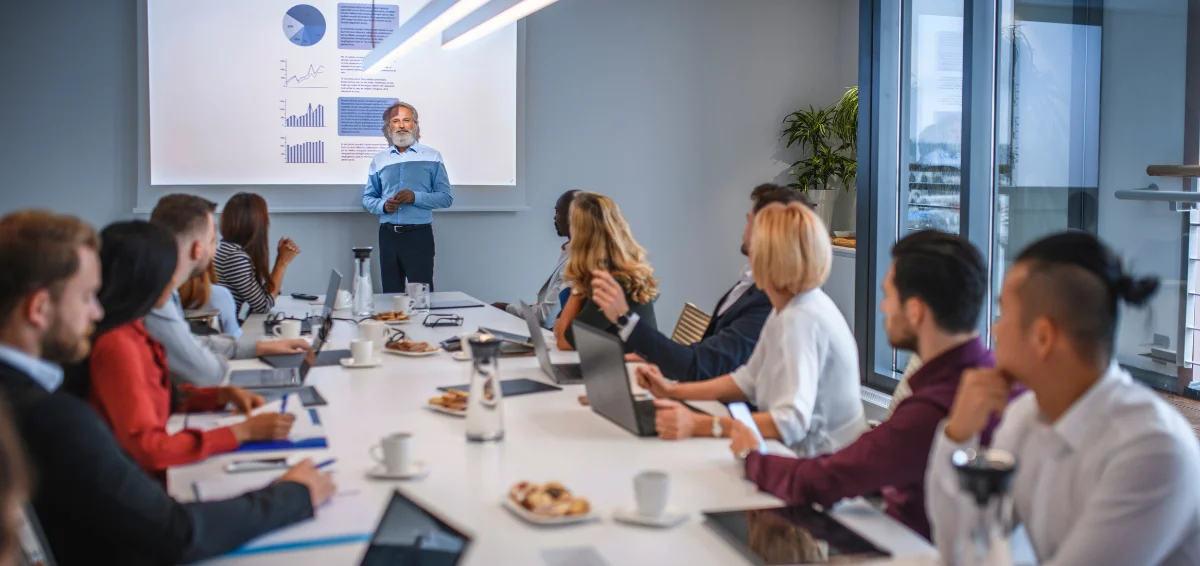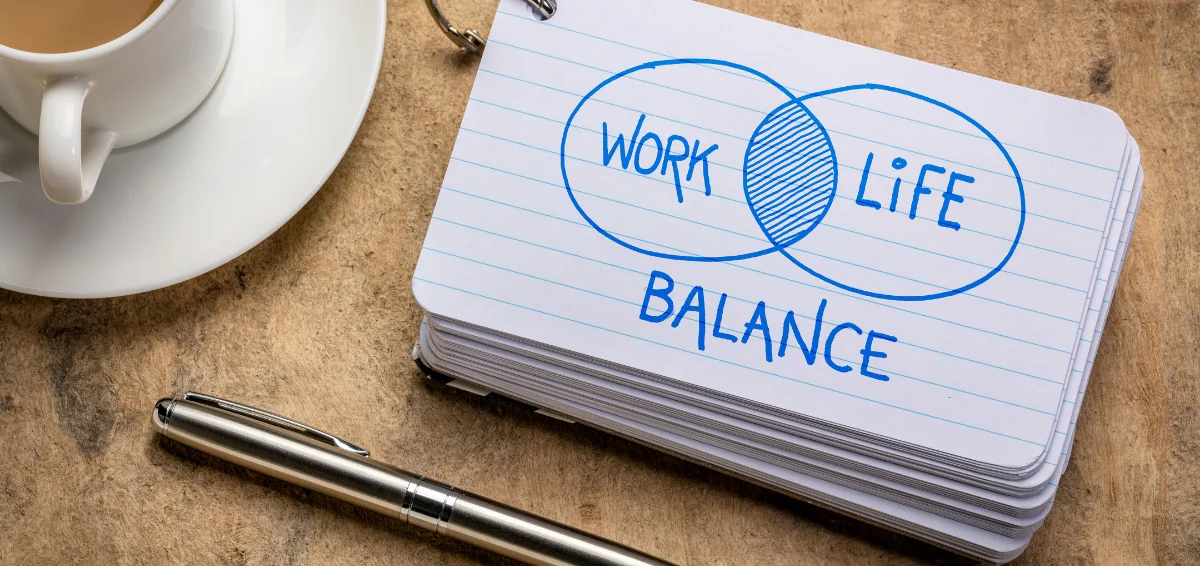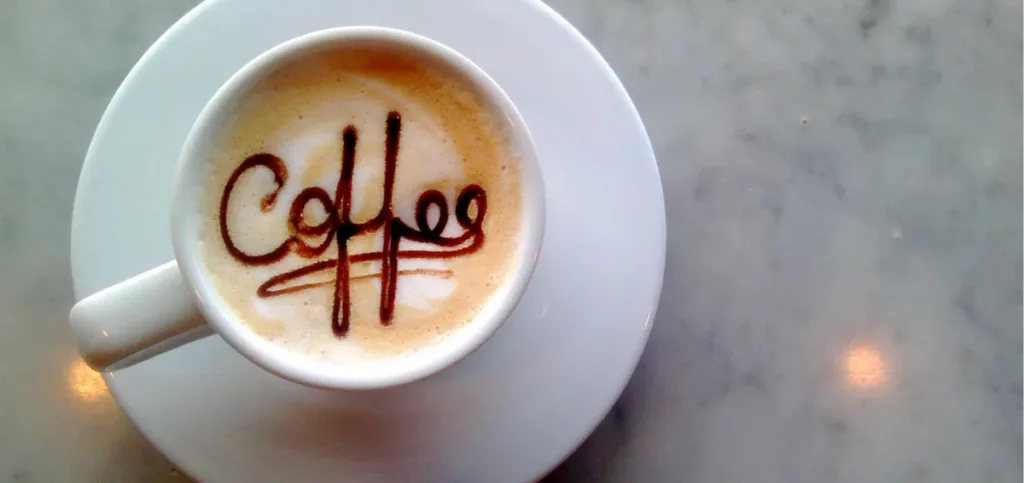
Coffee is one of the most popular drinks in the world. It is the perfect way to start the day for several people in the world. However, have you ever wondered how much caffeine in a cup of coffee you are actually drinking? The solution is not as straightforward as it appears. The actual caffeine levels vary a great deal. They depend on various factors, like the type of coffee, brewing method, serving size, etc. You need to realize the variations to regulate your intake and stay away from its undesirable side effects. From this guide, you will get to know about the caffeine level present in various coffees and what affects it. By doing so, you will be in a position to make sound and intelligent decisions.
Why Caffeine Content Matters
Caffeine affects you in many ways. It can boost alertness level and improve focus by giving you energy. However, a high amount of caffeine can cause restlessness, insomnia, rapid heart rate, etc. Knowing how much caffeine in a cup of coffee you consume helps you balance the benefits and avoid the downsides. It is critical for people sensitive to caffeine or with certain health conditions. Understanding your coffee’s caffeine level is also useful if you drink multiple cups a day.
Average Caffeine Content in Coffee
The amount of caffeine in coffee can vary a lot. On average:
- An 8-ounce (240 ml) cup of brewed coffee contains about 95 mg of caffeine.
- Espresso has about 63 mg per 1-ounce (30 ml) shot.
- Instant coffee typically has 30–90 mg per 8-ounce serving.
These numbers are averages. Your actual cup may have more or less caffeine depending on several factors we’ll cover next.
Factors That Affect Caffeine Levels
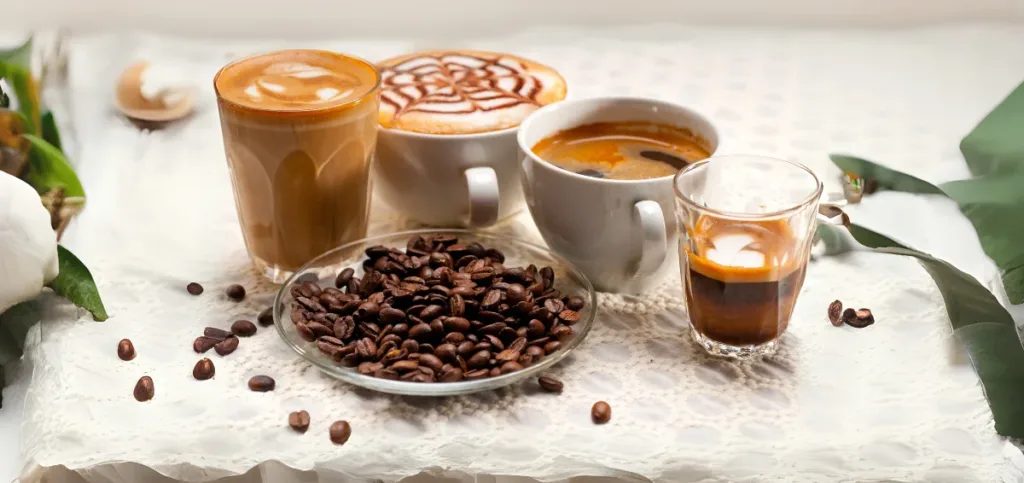
Coffee Bean Type
Arabica and Robusta are the primary types of coffee beans. Robusta contains more caffeine than Arabica. Many specialty coffees use Arabica for flavor. Some blends add Robusta to increase body and crema. The type of bean and its origin can slightly alter the caffeine level.
Roast Level
Roasting affects the overall density. Light roasts are denser by volume. Dark roasts lose a bit of caffeine during roasting. However, the difference is small if you go by weight. On the other hand, light roast can yield slightly more caffeine when you go by the scoop. In practice, roasting matters less than the brew method and serving size.
Grind Size and Extraction
Finer grinds extract faster and more fully. Espresso uses a very fine grind and pressure. Cold brew uses a coarse grind and long steeping. Both of them can produce concentrated caffeine depending on the coffee-to-water ratio and time.
Water Temperature and Contact Time
Hotter water extracts caffeine faster. Longer contact time with the grounds increases extraction. Methods like French press and cold brew vary widely because of these factors. Temperature and time together shape the final caffeine content.
Read Also: What’s the Difference Between Cold Brew and Iced Coffee?
Caffeine in Popular Coffee Drinks
Brewed Coffee (Drip)
Brewed drip coffee is common at home and in offices. An 8-ounce cup often contains about 95 mg of caffeine. Mug sizes vary, however. A 12-ounce cup may deliver 140 mg or more. The coffee-to-water ratio is a big factor. A stronger ratio raises caffeine per cup. Paper filters remove oils but not caffeine. If you brew on a bold setting, expect more caffeine in each serving.
Espresso
It is concentrated and served in small volumes. A single 1-ounce shot typically contains about 63 mg of caffeine. A double shot doubles that amount, which is why lattes and cappuccinos often have high caffeine despite small liquid volumes. Ristretto uses less water and is concentrated per ounce, while lungo uses more water and can extract more caffeine overall per shot.
Cold Brew
The brew steeps grounds in cold water for 12–24 hours. The long steep often yields high extraction. A 12-ounce serving can contain 150–250 mg of caffeine, depending on the recipe and dilution. Many cafés serve cold brew as a concentrate and dilute it to taste. When served straight, cold brew can be one of the strongest ready-to-drink coffees.
French Press
The coffee involves full immersion. The metal mesh filter lets oils and fine particles through. An 8-ounce cup often contains 80–120 mg of caffeine. Coarse grind and longer steeping increase extraction. It makes a rich, full-bodied cup with solid caffeine levels.
Instant Coffee
It is brewed, dried, and packaged. Usually, it contains less caffeine than drip coffee. An 8-ounce cup often has 30–90 mg. The exact amount depends on the brand and how much powder you use. It is a quick, lower-caffeine option.
Single-Serve Pods and Capsule Systems
Pods and capsules offer convenience but varied caffeine. Standard single-serve pods yield 60–120 mg per 8-ounce cup. On the other hand, espresso-style capsules may deliver higher caffeine per shot. The overall strength depends on grind, roast, and dose in each pod. Some options are marketed as extra-caffeinated.
Iced Coffee Vs Nitro Cold Brew
Typically, it starts as brewed coffee, which is further cooled and poured over ice. Its caffeine mirrors brewed drip coffee unless the brew is doubled. Nitro cold brew is often served without dilution and is infused with nitrogen for texture. Nitro versions have similar or slightly lower caffeine than standard cold brew per serving, depending on dilution and pour size.
Turkish Coffee
It is unfiltered and served in small cups. Grounds settle in the cup, and the brew is strong. A 2-ounce serving can contain 60–80 mg of caffeine. The dense nature of Turkish coffee packs flavor and caffeine into a small sip.
Health Benefits of Caffeine in Coffee
You can enjoy several benefits of caffeine if you take it in a moderate amount, like
- Boosts mental alertness
- Boosts your mental alertness level
- Improves physical performance
- Improves mood
- May lower the risk of certain diseases, like Parkinson’s and Alzheimer’s
The key is moderation, which is about 300 to 400 mg per day for most healthy adults.
Potential Drawbacks of Too Much Caffeine
Too much caffeine can lead to:
- Restlessness
- Anxiety
- Headaches
- Increased heart rate
- Trouble sleeping
Some people are more sensitive to caffeine than others. If you feel jittery after coffee, consider switching to decaf or limiting your intake.
How to Control Your Caffeine Intake
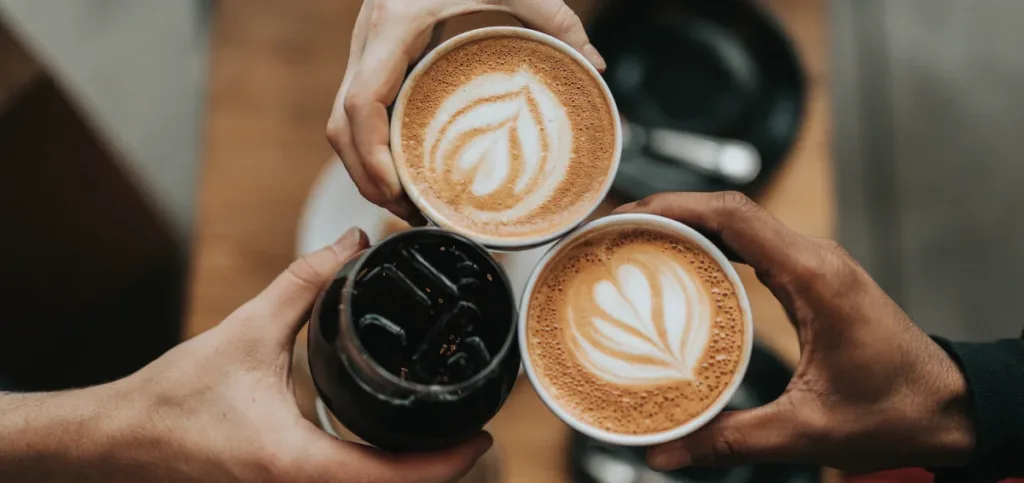
- Choose smaller sizes.
- Try half-decaf blends to lower caffeine.
- Mix decaf and regular coffee.
- Use brewing methods that extract less caffeine.
- Drink some water with coffee to support hydration.
- Track all sources of caffeine in a day, including tea, soda, chocolate, etc.
Decaf Coffee and Caffeine Content
Decaf removes most but not all caffeine. An 8-ounce cup of decaf usually contains 2–5 mg of caffeine. Drinking many cups of decaf can still add small amounts. Decaf works well for evenings or for people who are sensitive to caffeine.
Tips for Sensitive Coffee Drinkers
- Avoid coffee in the late part of the day to protect sleep.
- Eat before drinking to slow absorption.
- Opt for low-caffeine beans or lighter brews.
- Dilute cold brew or opt for instant coffee.
- Monitor your heart rate and sleep quality to gauge tolerance and then adjust accordingly.
Read Also: Matcha Tea vs Green Tea
How to Measure Your Caffeine at Home
Precise testing requires special lab equipment. You can estimate caffeine by taking into account things such as
- Bean type
- Roast
- Brew method
- Portion size
Also, you can use consistent scoop measures and weigh beans where possible. Keep a brewing log to see how different factors change the overall strength of the coffee.
Bottom Line
The question of how much caffeine is in a cup of coffee does not have a single number. It varies by bean roast, brew methods, etc. Also, it changes with the overall serving size of the cup. For most adults, staying under 300–400 mg per day is a reasonable target. Pay attention to your body and adjust your habits if you feel adverse effects. Small changes to brewing strength and portion size can help you enjoy your coffee without any stress. Understanding these factors lets you make smarter choices and enjoy your cup with confidence.

